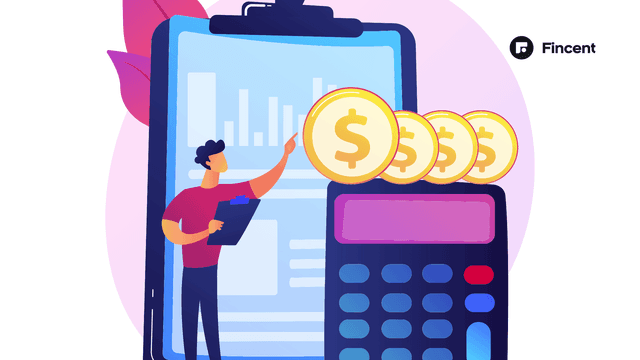- Glossary
- Non-Current Assets
Non-Current Assets
Non Current Assets are long-term investments made for the business, and their advantages will probably take time to materialize. These assets, which might be actual or intangible, provide insight into a company's investing activity.
Examples include long-term investments in bonds and stocks, goodwill, patents, trademarks, and fixed assets like real estate, machinery, and equipment. They are not regularly bought in a year and provide the entity with financial gain over a long period of time, or more than a year. Unfortunately, it is difficult to turn them into cash.
Types Of Non Current Assets
Non-current assets are often divided into three categories:
-
Tangible Assets:
Assets that are tangible and can be touched. Typically, the value of tangible assets is calculated as cost less depreciation. Examples of tangible assets include land, buildings, equipment, vehicles, etc. It is important to remember that not all tangible assets deteriorate with time. For instance, the land's value in the company's balance sheet is frequently updated over time. Check out Net Tangible Assets as well.
**Natural Resources: **These resources deriving their economic worth from Earth are depleted over time. Mines and oil fields are a few examples.
-
Intangible Assets
This group includes things with economic value but no physical existence. The following requirements must be met in order for an asset to be classified as intangible:
-
It has to be distinguishable.
-
The company must be equipped to capitalize on such an asset and reap financial rewards.
An intangible asset may be created internally by the company or purchased separately (through mergers vs. Acquisitions, etc.). Examples of intangible assets are goodwill, patents, trademarks, etc. The cost or revaluation model is used to record intangible assets in the balance sheet (Discussed in detail below).
**Good will: **More than just assets on a balance sheet are acquired when one company acquires another. Intangibles like the caliber of the workforce and clientele, reputation, or brand name are also being purchased. As a result, it suggests that the company buying another company is paying more than the assets' fair market worth. The extra purchase price is reported as goodwill if it cannot be linked to trademarks, logos, copyrights, or other intangible assets.
-
Long Term Investments
An investor purchases assets on the financial markets in the anticipation that they will increase in value and generate a return.
-
Acquisition of Debt Instruments such as Bonds or Loans: The transaction is listed on the company's balance sheet as an investment.
-
Purchase of shares or stocks: The company must consolidate (combine) its accounts with the other company if shares of another company are acquired and have a controlling interest (often owning more than 50%). The shares must be listed on the company's balance sheet as investments if it does not hold a controlling interest.
**Other Long-Term Assets: **Many financial statements include these items, whose justification must be explained. For instance, it is important to understand the ratio of "Other Assets" to "Total Assets." An analyst may want to explain the matter with management if it is important after looking at the total noncurrent assets and their justifications.
Accounting For Non Current Assets
- **Cost Model Approach: **A non-current asset is stated at amortized cost in this paradigm. By deducting amortization and accumulated depreciation from the asset's historical cost, amortized cost is calculated. The historical cost of an asset includes the object's purchase price as well as any additional costs paid to prepare it for use, such installation.
- **Revaluation Model Approach: **Amounts of accumulated depreciation are subtracted from an asset's Fair Value under this method of accounting. The initial loss is recorded in the income statement if the initial revaluation results in a loss. Any future gain from the revaluation of non-current assets would be included in the income statement to the same amount as the loss that had been previously disclosed. Revaluation Surplus, which is the excess revaluation gain over the initial loss, is recorded in the equity of the shareholders.


